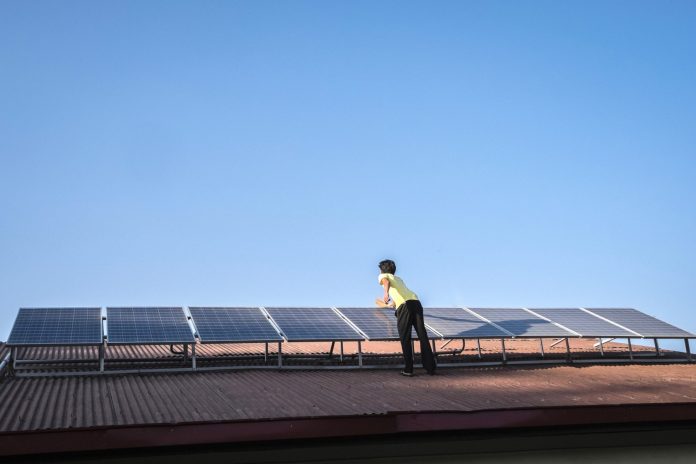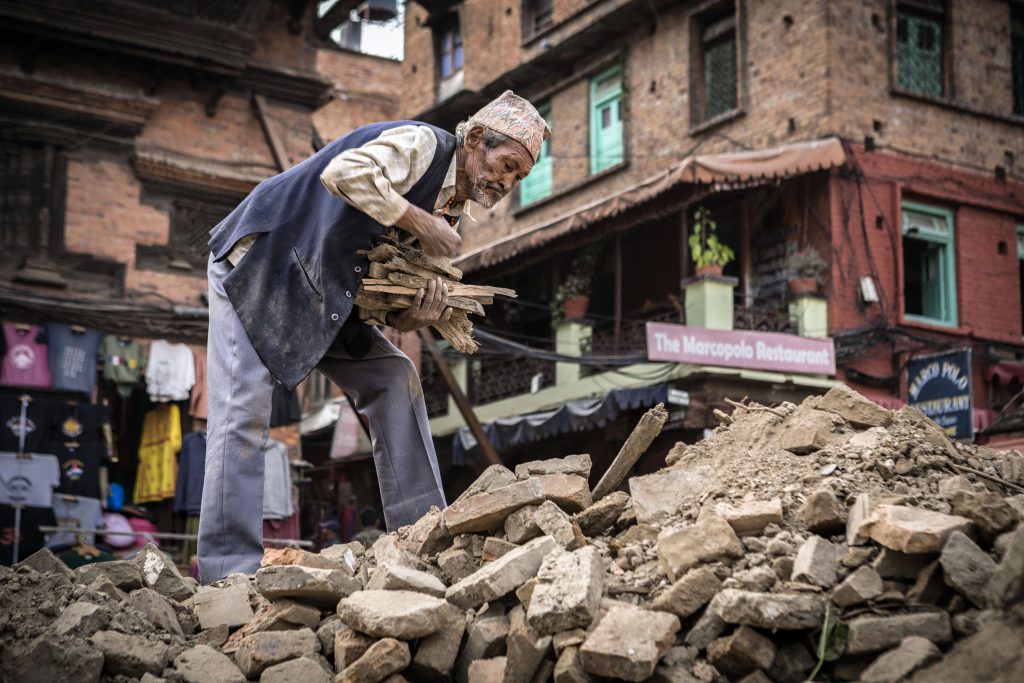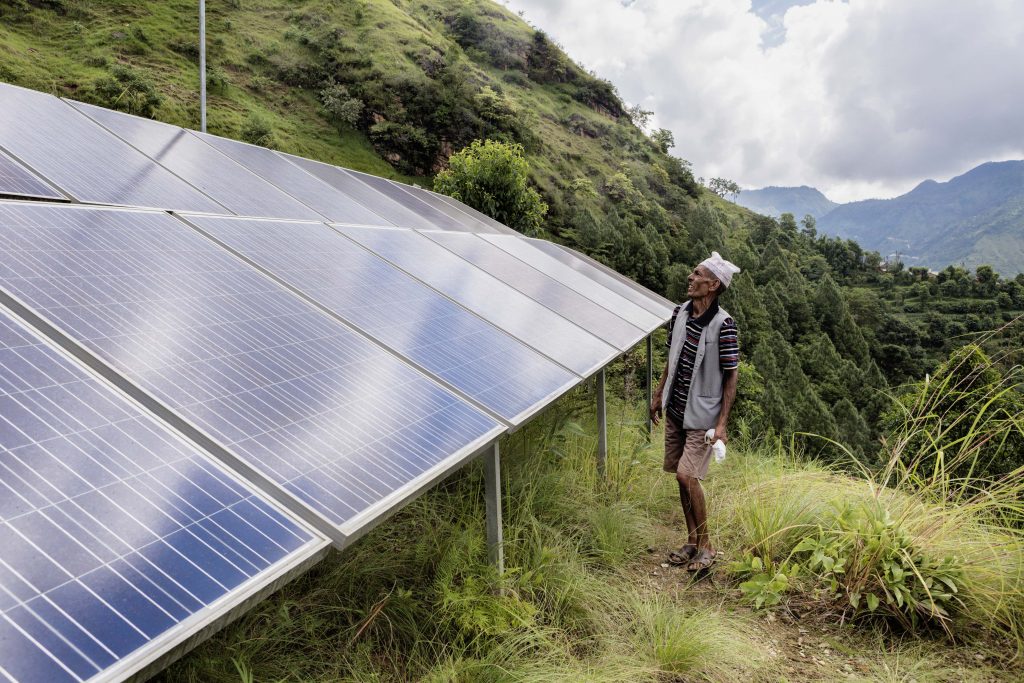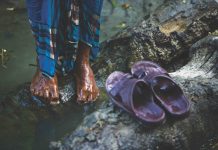
Solar as a solution to rebuilding Nepal after the earthquakes
By Kristin Lau
In a country like Nepal that has endured long-term political hardships, there’s nothing more devastating than for the 2015 earthquakes to rock the nation. At a magnitude of 7.8 that hit on 25 April, then 6.3 on 12 May – just two weeks apart from each other – the disastrous impact left close to 9,000 people killed and tens of thousands injured. A further 850,000 homes were damaged and over 2.5 million of the population were left without homes.
This inevitably meant that healthcare and education facilities were left in tatters, with local agriculture suffering from lack of power to operate water pumps and irrigate crops. As the country continues to struggle with the effects of the natural disasters, climate change and political instability, renewable energy is providing both light and hope for a nation of people renowned for their resilience.
Over 80% of Nepal’s population live in rural mountainous regions that lack access to electricity, and it is this lack that remains one of the biggest barriers to the country’s economic development. Kerosene lamps are currently the only reliable source of light, leading many businesses to run privately-owned diesel generators for backup. Still, they suffer from increasing fuel costs, frequent shortages and pollution from fumes and noise.

In the post-earthquake situation, these businesses have been forced to shut down and are actively seeking out clean, reliable and alternative energy solutions. Solar, therefore, has become a very feasible and viable answer to power Nepal and provide a path towards energy independence.
One organisation that is actively providing solar energy to Nepal is SunFarmer (www.sunfarmer.org), a non-profit that installs solar panels in hospitals, health clinics and schools in the developing world. Co-founders Andy Moon and Jason Gray started their first business in Nepal, and since then have equipped six health posts with solar.
With their tagline “Solar is the Solution”, the team’s aim is to power 21 health posts with solar in the Dolakha district, one of the hardest hit disaster zones in Nepal.
SunFarmer has also implemented a water irrigation project that uses a solar MUS (Multiple Use System) for drinking and micro-irrigation. In areas like Sirubari, farmers like Dilli Ram Regmi are benefiting from wells that are filled with water that are in turn powered by solar water pumps at the base of the mountains. In the same community, 32 distribution taps have also been fitted to provide drinking water to over 15 households in the village.

Besides healthcare and agriculture, education is also in the pipeline. One of these projects is the SOS Children’s Village in Jorpati, a village just outside Kathmandu, which provides care and schooling to children with disabilities, whose families can no longer care for them. A total of 1.89 kW of solar energy installed on the rooftops are currently powering computers, wireless routers, lights and a refrigerator for 42 children, 30 youths, 24 full-time staff and 35 volunteers.
This series of photos were taken exactly six months after the earthquake, where local spots like the Citizen’s Awareness Centre in Dolakha have quickly become a meeting point for people to discuss ways to facilitate change with renewable energy – all this to better the livelihoods of its community.

A bright future awaits the nation as solar becomes more affordable and economically viable for developing countries like Nepal, who may not have the financial resources to exploit the potential of renewable energy. Clearly, we see that the opportunity of bringing electricity to poorer regions in a cleaner, cheaper and more efficient method is already underway.
For more stories and photos, check out Asian Geographic Issue 117.










